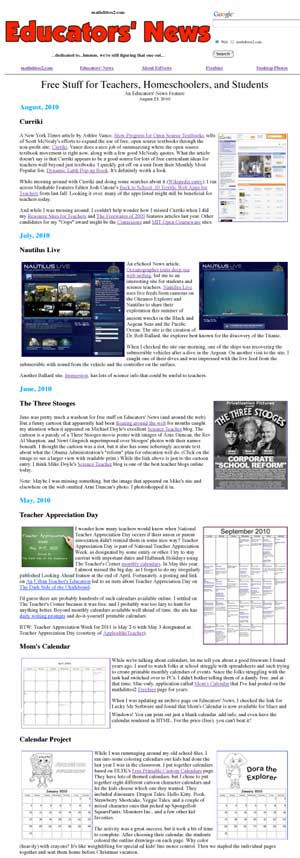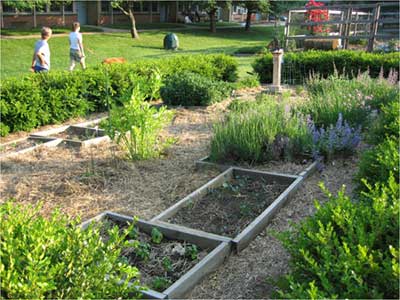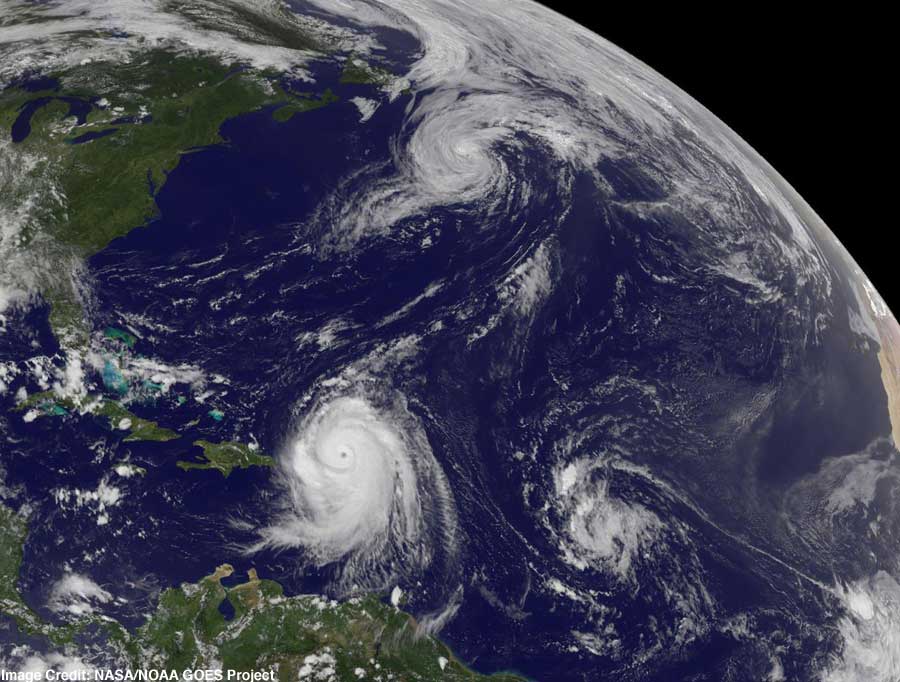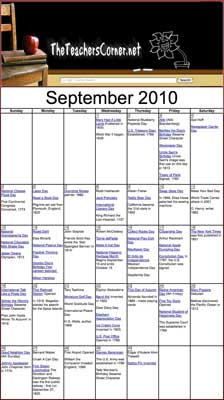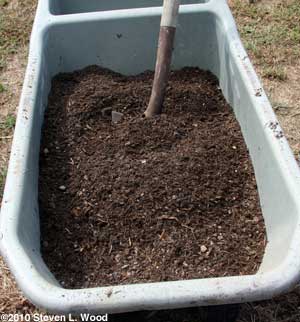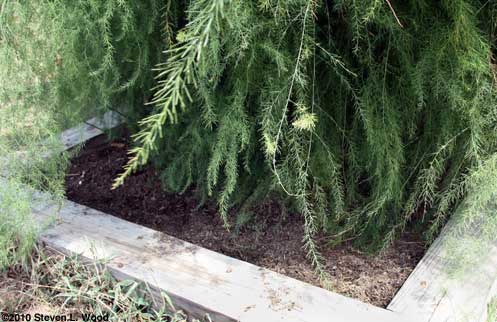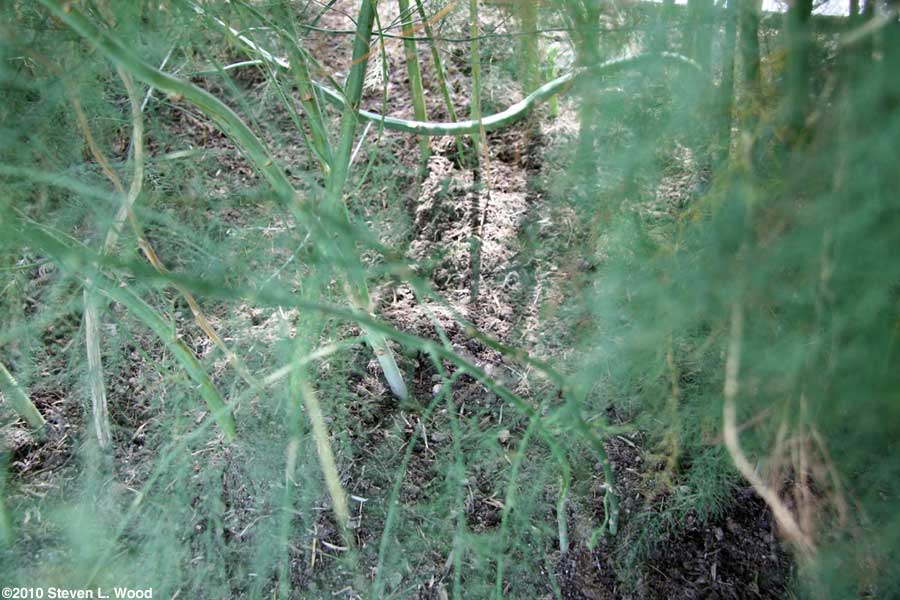mathdittos2.com
...dedicated to...hmmm, we're still figuring that one out... |
|
Although it doesn't look like it on its first page, our feature story released last Monday, Free Stuff for Teachers, Homeschoolers, and Students, was probably a little heavy on astronomy sites. But it's hard for me to do a piece about free, online learning materials for teachers and students without lots of such material, as there is so much available.
While great for astronomers, the SDSS also allows those of us who may be astronomy challenged to find some really cool sky images. The About the SDSS and Getting Started pages are good starting points for exploring the site. I began with the Galaxies page and didn't get very far before I was zooming in and out and pulling down images of NGC 5792. NGC 5792 is a spiral galaxy that we see nearly edge-on. The bright red star in the images is actually in the Milky Way and very close to us compared to the distant galaxy. The combination makes for a very interesting photo. The press release was more about site co-creator Alex Szalay winning the Science Prize for Online Resources in Education (SPORE) for creating "the massive database and associated Web site portal [which] allows users to visually explore and research almost the entire visible night sky without having to wait for access to a giant telescope." SPORE was developed to single out the best online materials available to science educators. And the site definitely accomplishes one of its purposes of providing students and astronomy enthusiasts the excitement and the thrill of getting close to and even participating in "real research, problem-solving, and discovery." Note I received a nice email this morning from Anna Batchelder, a consultant for the free Curriki website I wrote about in early August on Educators' News and which led in the feature article, Free Stuff for Teachers, Homeschoolers, and Students. She had some nice things to say about the posting and article, along with providing links to stay in touch with Curriki via their blog, Facebook page, and Twitter. Thanks, Anna! EPI Report The title of a new report from the Economic Policy Institute pretty well tells the tale: Problems with the use of student test scores to evaluate teachers. A list of distinguished "co-authors make clear that the accuracy and reliability of analyses of student test scores, even in their most sophisticated form, is highly problematic for high stakes decisions regarding teachers . Consequently, policymakers and all stakeholders in education should rethink this new emphasis on the centrality of test scores for holding teachers accountable." The email from EPI announcing the report was even more direct:
In a related blog posting, Walt Gardner questions the wisdom of humiliating teachers in Why Not Name and Shame Teachers? Speaking of Secretary of Education Arne Duncan's support of the Times publication of teacher ratings, Gardner writes, "If the purpose is to help teachers improve, then the strategy is totally counterproductive." We need good evaluation systems to help teachers improve and also to weed out those not suited for the task. The current proposals of the education "reform" crowd won't do that. Valerie Strauss also writes about the EPI report today in Study blasts popular teacher evaluation method on her The Answer Sheet blog on The Washington Post.
I picked up an almost new IPIBL-LB motherboard on eBay and found that it did indeed fit nicely into the Pavilion's case. The new board is currently burning in. With the swap, my daughter and her family will lose the card reader slots and Firewire, as the IPIBL-LB doesn't have ports for them. But all that stuff running on the other board may be why it is so prone to fail. I've included this info here on Educators' News, as there are sure to be others wondering what other motherboard will fit in the HP Pavilion a6500f. Odds 'n' Ends I wrote the EPI Report section of today's Educators' News late last night. I really didn't want to include anything today about high stakes testing, value added analyses of student test scores for publication, or even the misguided plan for education "reform" from the Obama Administration. But the EPI story was so compelling that it had to be included despite my weariness of the subject. Before retiring for the evening, I also copied down the links for the SDSS press release and site and took a quick peek at each. I was relieved to find something I could enjoy writing about that might actually help some classroom teachers. So I took my time this morning working with the SDSS site, making this update go up a little late in the day. If you have a suggestion about a cool, free learning tool or site you'd like me to investigate, let me know. I don't promise to write about everything suggested, as some are just plain over my head or too far from my field of experience. And I often choose not to write about educational applications I've tried that simply don't measure up. Writing about bad apps isn't my thing, and they just might improve in future releases. Send Feedback to |
|
School Gardens A story on USA Today last week told of a USDA pilot program that "will award $1 million in grants for eligible high-poverty schools to start community gardens." Before you grab your shovel and gloves, the USDA press release actually announced that it "will establish a People's Garden School Pilot Program to develop and run community gardens at eligible high-poverty schools; teach students involved in the gardens about agriculture production practices, diet, and nutrition; and evaluate the learning outcomes." But currently, the USDA is only taking applications from "public and not-for-profit organizations" to enter into "a cooperative agreement...to implement a program in up to five States." When the winner of the grant competition is selected and gets its program going, schools with 50 percent or more of their students qualifying for free or reduced-price school meals in whatever five states are selected may be eligible as project sites. So, the actual assistance to schools wanting to participate is still a ways off, but it sounds like it could be a cool program. For those folks who might be toying with the idea of a school garden, there's lots of information online to help them get started. One of the best organized sites is The School Garden Wizard put together by the United States Botanic Garden and the Chicago Botanic Garden. Their comprehensive listing of planning, curriculum, tools, etc. is impressive.
I've written previously about the Princeton School Gardens program. The Princeton Regional Schools (NJ) have 15 garden plots that are "being used to teach subjects like math, science and language arts." One of the schools, Riverside Elementary, has a great page of photos and descriptions about their various garden plots. The Princeton School Garden Cooperative has "written a guide (3.1 MB PDF document) that contains the steps for composting, planning and planting your edible garden as well as lesson plans and curriculum links for math, social studies, language arts, science, visual arts and health." The Princeton High School Physical Education Garden was featured last spring in a story on the New York Times, High School Gardening - for Credit. Other sites that may be helpful include:
There's lots to be considered in starting a school garden, such as who will care for the garden over vacations. Like any other school project, funding is a biggie (Have you priced a hoe or rake lately? Or, twelve hoes and twelve rakes?) And just as with a first home or community garden plot, I'd suggest folks start small. We have around 4,000 square feet in cultivation for our various garden plots that make up our Senior Garden. And I find that's about all I can keep up with. Odds 'n' Ends Chicago Public Schools Looking for Local/Regional Produce almost goes with our school gardens post above, but not quite. Stephanie Chen's Award-winning teachers dole out advice on fixing public schools on CNN tells what ten experienced teachers think needs to happen to improve our nation's schools. A small, informal survey by Daniel Willingham produced The surprising thing teachers want from parents. Labor Day Spoiler? The NASA Image of the Day, Three Storms, shows Hurricane Earl (lower left), which may go right up the east coast during the Labor Day weekend. This Geostationary Operational Environmental Satellite GOES-13 image from Monday afternoon shows Earl with a visible eye as it passed over the Leeward Islands. Also shown are Hurricane Danielle heading for the north Atlantic (top center) and a developing tropical depression (lower right). A New York Times story relates that even if Earl fails to hit the Atlantic coast directly, "the storm could still cause trouble up and down the eastern seaboard, generating large waves and hazardous rip tides that prompt beach closures and force vacationers to stay away from the ocean during the final week of summer vacation." As always, this NASA Image of the Day is available for download in a variety of sizes. On the Blogs - Is Obama Toast, A Truth Revealed, and More Norm Scott asks on Education Notes Online, Is Obama Toast? Is Hillary Waiting in the Wings? Norm looks at the total picture of why an Obama candidacy might not be successful in 2012, but also makes some telling points in a couple of comments about education. He writes:
Jim Horn had me laughing out loud with his Mindless Jay Mathews Declares DC Achievement Gap Mindless Measure posting on Schools Matter. He begins:
You may want to go back and read Jay Mathews's Forget about the achievement gap.
How does one become Mary Poppins on Organized Chaos is a good read about a kindergarten teacher trying to get her classroom organized before the start of school. She writes:
I think we all could use one of those Mary Poppins magic bags. Back to School, Whoppers & Project Runway on Bellringers is a humorous description about a box of emergency chocolate disappearing in three days due to overcrowded classes. I wish I'd read Tim Prendergast's TMA is Getting a New Garden (and so is Savoy!) on The Other 17 Hours before I wrote my School Gardens posting yesterday. I like that an elementary and middle school are sharing a school garden and that the middle school first had a smaller garden before beginning their current ambitious project. I've written about Thurgood Marshall Academy's garden here previously. When snow storms in DC shut down everything last February, their Green Club was tending organic lettuce in cold frames surrounded by heavy snow. Paul L. Martin's Gazing Into The Mirror on The Teacher's View is a bit of "reflection about the direction of my life and what I hope to accomplish while living it." It's a good read for all of us. And for those of us who followed James Boutin's struggles on his Filthy Teaching blog last year, it's good to see he'll be back in the classroom again this year (in New York). His And I'm Back posting on his new blog, An Urban Teacher's Education, has a link to an interview he gave to WPFW's (89.3 in DC) Pete Tucker. James was pretty plain spoken about the educational situation in Washington, D.C., and the problems the District faces under the leadership of Chancellor Michelle Rhee. Sherman Dorn writes in Please leave your magic numbers on the magic carpet with the magic wand that there isn't any "magic number" for including student test scores in teacher evaluations. He states, "Both my research and my teaching experience tell me that there is no pragmatic setting of a weight that should come close to 50% for any derivative of test scores." Looking Ahead
Since National Grandparents Day falls on a Sunday, schools usually pick another date, often it seems in October, to invite grandparents to come to school and celebrate Grandparents Day. For teachers, it's another one of those days where one really needs to be creative, whether they feel it or not. I did find a nice web quest on the National Grandparents Day site that might be useful for intermediate students and possibly adapted for other levels. A Pro Teacher forum also had some good suggestions for the day. A number of commercial sites also have suggestions for the day: • Apples 4 the Teacher I always thought Grandparents Day was a creation of Hallmark or American Greetings, but was pleasantly surprised this morning to find that "The impetus for a National Grandparents Day originated with Marian McQuade, a housewife in Fayette County, West Virginia." She championed the cause of lonely, elderly persons in nursing homes and "hoped to persuade grandchildren to tap the wisdom and heritage their grandparents could provide." In 1978, President Jimmy Carter issued a proclamation that National Grandparents Day would be celebrated every year on the first Sunday after Labor Day. Since I'm now a grandfather many times over, I guess I should just set my cynicism aside and enjoy the cards! Years ago before the days of high pressure test prep and required permission from God (correctly spelled building administrator) for room parties, we used to pick a silly day from calendars similar to the Teacher's Corner's offerings to give the kids a break when they needed it. Such events often included popcorn and a movie that followed the day's theme. Odds 'n' Ends Minnesota Public Radio reports that "Washburn Edison School is requiring its students to pack their books in clear, plastic backpacks." Students at Duluth school must use clear backpacks relates that School administrator Bonnie Jorgenson told the Duluth News Tribune that no particular incident prompted the requirement. She related that the see-through backpacks will prevent students from bringing "anything into the building that isn't supposed to be there." William Jockusch's Free Graphing Calculator And finally, there's Sam Dillon's Formula to Grade Teachers’ Skill Gains in Use, and Critics. I think Sam had an off day in writing this one, as he presents statements from people who have a vested, financial interest in pushing value-added modeling with the same weight as respected education experts. Labor Day Starter
Anthony Cody's guest blog on Valerie Strauss's The Answer Sheet blog, How much power should we give to ed data, pretty well debunks the use of value added methods to rank teachers. His posting originally appeared on his Living in Dialog blog under the title, Unleashing the Dogs of Data. Whether you read the version on the Washington Post or the original, be sure to get to the end of it where Anthony adds what may be the best part of the piece in a brief update:
I've embedded the video from The Onion at right and won't dance around the title of Bruce Baker's School Finance 101 post, Value-added and the non-random sorting of kids who don’t give a shit. It's the kind of thing we all know exists, but folks like Arne Duncan and others won't admit. If nothing else, the video may start your holiday weekend with a good laugh...as long as you don't live on the east coast and have Earl coming to visit. $330 Million for Better Tests The federal government awarded $330 million Thursday to two groups of states, 44 in all, that are developing new student assessment systems in an effort to upgrade today's much-maligned standardized tests. Funded by Race to the Top monies, the new computer-based tests covering national standards in English and math are to be ready for the 2014-15 school year.
What's This?
Have a great weekend! Ads shown on this site do not represent an endorsement or warranty of any kind of products or companies shown. Ads shown on archive pages may not represent the ads displayed in the original posting on Educators' News. |
| Previous Week |
©2010 Steven L. Wood

